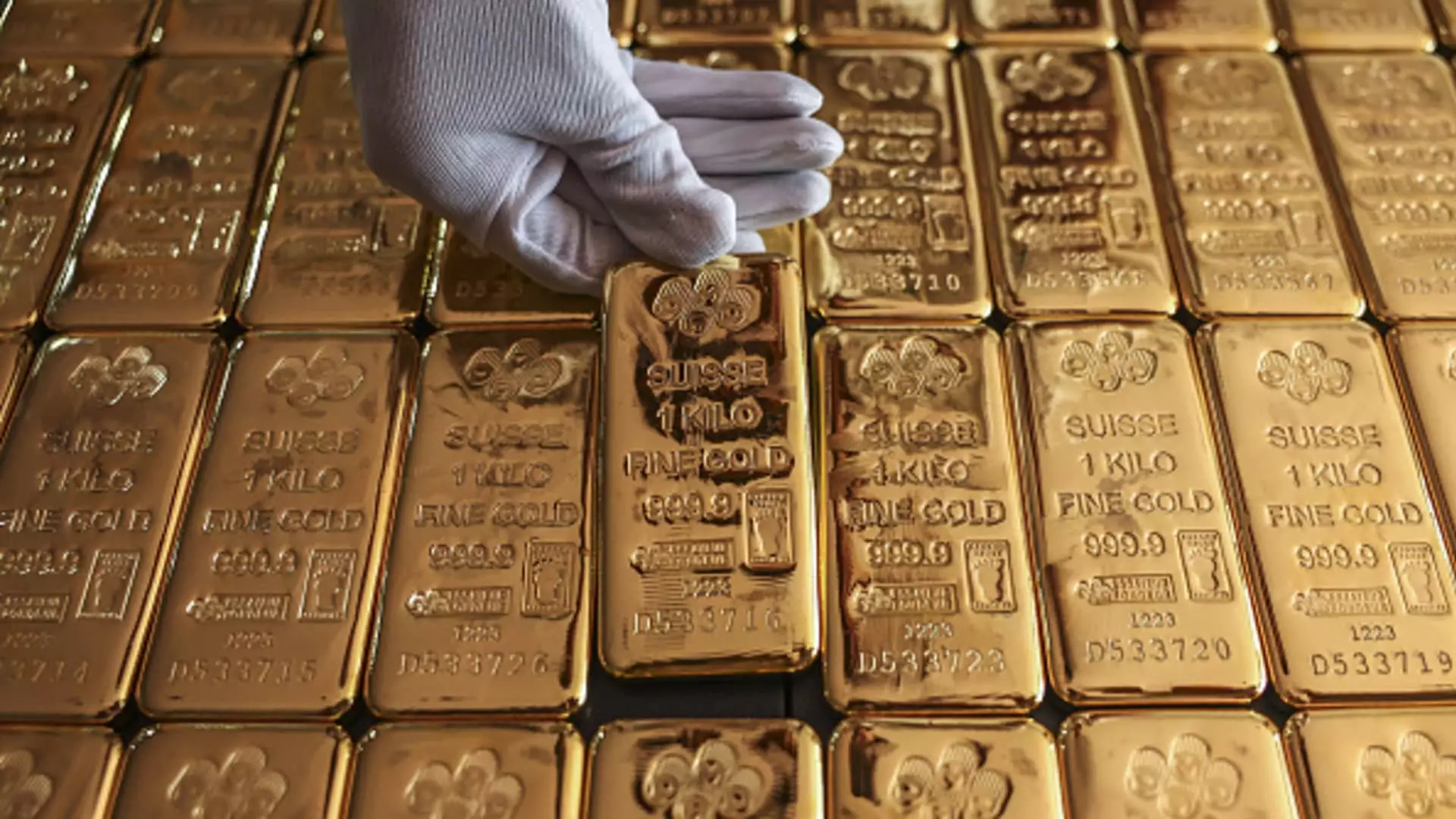As we traverse through the complexities of the global economy, gold continues to shine brightly as a beacon of stability and investment appeal. George Milling-Stanley, a notable figure in the investment landscape and the driving force behind the world’s first gold-tracking exchange-traded fund (ETF), remains optimistic about the precious metal. In a recent interview with CNBC, he expressed an upbeat outlook for the remainder of this year and into the next. His analysis emphasizes the burgeoning demand from central banks and individual investors, particularly in rapidly growing economies like India and China, reinforcing gold’s position as a necessary component of modern investment strategies.
Despite the fluctuations in gold futures and the SPDR Gold Shares ETF (GLD) following the recent election, Milling-Stanley contended that the overall market performance has not diminished the appeal of gold. In fact, he pointed out an intriguing trend: while stocks and cryptocurrencies experience a surge as investors pursue riskier assets, gold appears to be regaining its luster. This duality captures the essence of the current investment climate; investors are looking beyond the traditional stock market, and of late, there is a noticeable shift back towards commodities, especially gold.
Central banks have been net purchasers of gold in recent years, a trend that bodes well for the commodity’s future. With increased geopolitical tensions and uncertainties sighted in various global forums, central banks view gold as a vital hedge against economic instability. The rising interest in gold from individual investors in emerging markets further supports this narrative, illustrating a collective acknowledgment of gold’s time-tested value.
The introduction of the GLD ETF two decades ago marked a pivotal moment in how investors engage with gold. Before its inception, gold was predominantly appreciated through jewelry and physical bullion; however, the accessibility offered by ETFs has transformed how investors can diversify their portfolios. As Todd Sohn from Strategas remarked, GLD has democratized gold investment, enabling a wider audience to introduce this asset class into their financial strategies.
With a remarkable increase of 451% since its launch, GLD has dramatically altered the landscape of commodity investment. This shift towards ETFs signifies not just a change in strategy but a fundamental rethinking of asset allocation in financial markets. Investors are beginning to recognize that diversification through gold adds a layer of security and resilience to their portfolios, especially in times of economic uncertainty.
As we look to the future, it is evident that gold’s role in investment will continue to evolve. Factors such as increased investor access via ETFs, growing demand from central banks, and renewed interest from retail investors in emerging markets paint a positive picture for the precious metal. For those currently evaluating their portfolios, gold remains an enduring asset, capable of providing stability amidst the myriad challenges we face in today’s financial world. The insights of pioneers like George Milling-Stanley remind us that, although market trends fluctuate, the timeless value and appeal of gold is unlikely to wane.

